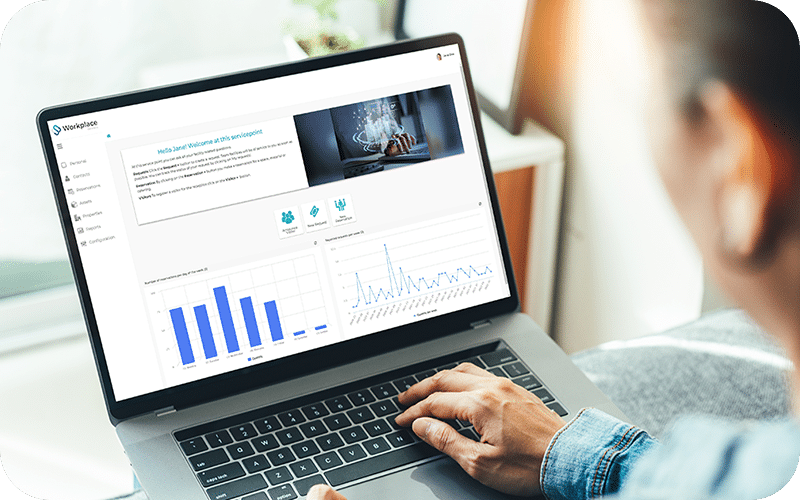Understanding Facilities Management System Software Solutions
Facilities Management System Software Solutions revolutionize the way businesses manage their facilities in the Philippines. These solutions are comprehensive software suites designed to streamline and optimize facility operations for businesses of all sizes. From tracking assets and equipment to managing preventive and reactive maintenance, they offer a centralized platform for efficient facility management. In the Philippines, where businesses face unique challenges related to infrastructure and resource management, such solutions are becoming increasingly vital.
Key Features of Facilities Management System Software Solutions
Asset and Equipment Management are core features of these solutions, allowing businesses to effectively track and maintain their assets throughout their lifecycle. In a country like the Philippines, where infrastructure maintenance is crucial, this feature ensures optimal asset utilization and minimizes downtime. Preventive and Reactive Maintenance functionalities enable businesses to schedule and track routine maintenance tasks, minimizing equipment failures and prolonging asset lifespan. Work Order Management streamlines the process of creating, assigning, and tracking work orders, ensuring clear communication and accountability for maintenance tasks. Space and Occupancy Management features help businesses optimize space utilization, enhance productivity, and improve workplace efficiency.
Benefits of Implementing a Facilities Management System Software Solution in the Philippines
Implementing a Facilities Management System Software Solution in the Philippines offers numerous benefits. Enhanced Efficiency and Productivity are among the most significant advantages, as these solutions automate and streamline processes, reducing manual efforts and errors. Cost Savings and Resource Optimization are also key benefits, as businesses can better allocate resources and minimize wastage. Improved Safety and Compliance are essential in a country prone to natural disasters and regulatory requirements. With these solutions, businesses can ensure compliance with safety standards and regulations, enhancing workplace safety. Enhanced User Experience and Satisfaction are also noteworthy, as these solutions improve communication, streamline processes, and provide real-time insights, leading to higher satisfaction levels among employees and stakeholders.
Challenges and Considerations in Adopting Facilities Management System Software Solutions in the Philippines
While the benefits of adopting Facilities Management System Software Solutions are clear, businesses in the Philippines may face certain challenges. Initial Investment and Budget Constraints can be significant barriers, especially for small and medium-sized enterprises (SMEs). However, it’s essential to consider the long-term cost savings and benefits these solutions offer. Integration with Existing Systems and Processes can also pose challenges, as businesses need to ensure compatibility and seamless integration with their current infrastructure. User Adoption and Training are critical considerations, as employees need to be adequately trained to leverage the full potential of these solutions. Data Security and Privacy Concerns are also paramount, particularly in light of increasing cyber threats and data breaches. Continuous Support and Updates are essential to address evolving business needs and technological advancements.
The Future of Facilities Management System Software Solutions in the Philippines
Looking ahead, the future of Facilities Management System Software Solutions in the Philippines is promising. Emerging Trends and Technologies such as Internet of Things (IoT) and Artificial Intelligence (AI) are expected to further enhance the capabilities of these solutions. Potential Impact on Industry Standards and Practices will drive businesses towards adopting more advanced and integrated solutions to stay competitive. Opportunities for Growth and Innovation abound as businesses leverage these solutions to improve efficiency, sustainability, and resilience in the face of evolving challenges.











